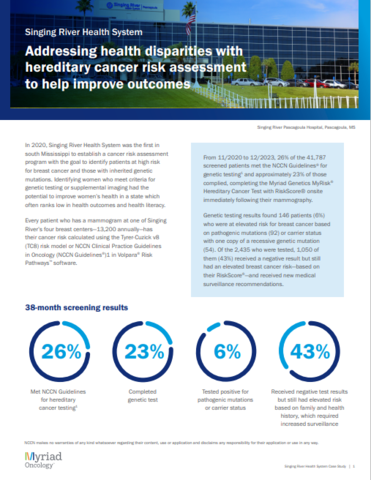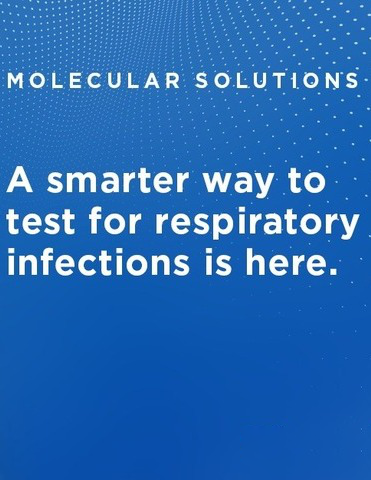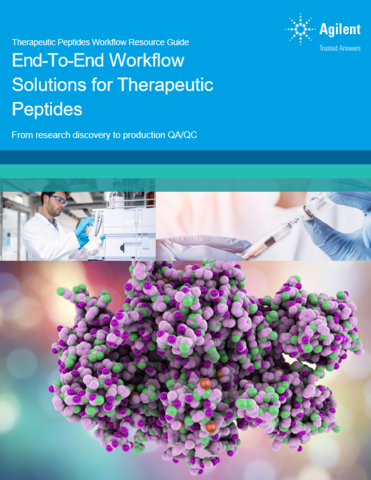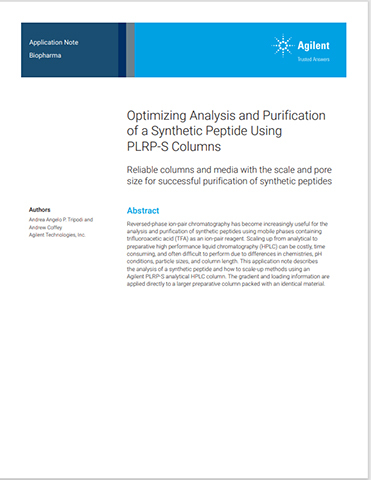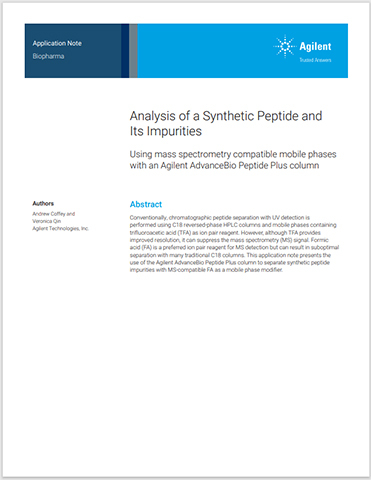The Unmet Need in Breast Cancer Care
Sponsored by Myriad GeneticsWhy leading health systems are investing in breast cancer risk assessment programs

Despite advances in breast cancer screening, traditional mammography and routine check-ups can fail to identify patients carrying a high risk of developing breast cancer. Many of these at-risk patients do not have BRCA gene mutations or obvious family histories, and thus may never be flagged by standard screening protocols. This gap can mean the difference between missing high-risk patients before cancer develops and recognizing them in the earliest stages, when care is most effective.
High-risk assessment programs
Access to genetic counsellors and specialised risk clinics is limited and not always feasible for every patient. In response, health systems are moving risk assessment directly into oncology and surgical clinics, where patients are already receiving care. By embedding standardised questionnaires and algorithms into routine visits, providers can evaluate risk factors such as age, family history, breast density and hormonal history, and generate a risk score on the spot.
Polygenic risk score (PRS) models evaluate the combined effect of hundreds of common low-risk variants. When these genetic inputs are integrated with clinical models such as Tyrer-Cuzick, which accounts for age, family history and reproductive history, the result is a combined risk score.
This layered approach produces a more individualised view of breast cancer risk. In fact, the MyRisk® Test with RiskScore®, which integrates PRS with clinical models, has been shown to be twice as predictive as Tyrer-Cuzick alone. This combined approach can flag patients who would otherwise appear to be at average risk.
A patient with no genetic mutations and a normal mammogram could still be identified as higher-than-average risk based on their family history, health background and PRS. With the help of a high-risk program, this patient could be offered an MRI or preventive therapy years earlier than they otherwise might, capturing an intervention point that mammography alone could miss.

Real-world impact with earlier detection
The benefits of these programs are not just theoretical. Singing River Health System, a leading regional health provider in Mississippi, implemented a comprehensive breast cancer risk assessment initiative across its clinics.
Risk assessment isn’t limited to finding those with positive genetic tests. It also identifies high-risk individuals who would otherwise fly under the radar. At Singing River, over 1,050 patients during a three-year period were flagged as having an elevated risk despite testing negative for known breast cancer-related genes.
Patients who would once have been told their genetics look fine are now recognised as higher-risk due to other factors. For these patients, interventions may include advanced breast-imaging such as breast MRI or whole-breast ultrasound, preventative therapies and, in some cases, referrals for risk-reducing surgery. Because detailed family histories are collected, clinicians can also identify hereditary patterns that point to elevated risks for other cancers, leading to additional screenings such as colonoscopy or ovarian surveillance. Similarly, this approach enables cascade testing for family members, supporting earlier interventions and expanding preventive care.
Over 2,400 patients at Singing River received personalised risk counselling because of the program, which demonstrates the impact of implementing risk programs: more high-risk patients identified, more cancers caught early and more opportunities to guide people into risk-reducing strategies.

Establishing value-based, equitable care
High-risk assessment programs do more than improve clinical outcomes – they also support broader healthcare goals. In an era of value-based care, providers are rewarded for keeping populations healthy and reducing costly late-stage treatments. Identifying high-risk patients early aligns perfectly with these goals, enabling interventions (such as enhanced screening) that are far less expensive and more effective than treating advanced cancer. Over time, avoiding intensive chemotherapy or complex surgeries by catching cancer early contributes to a health system’s long-term financial stability and sustainability.
Administrators and clinicians are finding that these programs integrate smoothly into day-to-day operations with the right approach. A key first step is patient identification, since risk assessment can only occur if the right patients are flagged for evaluation. Tools such as My Gene History make it possible to quickly and effectively identify patients, ensuring they are offered risk assessment at the point of care. Electronic medical record (EMR) integration allows risk scores and flags to appear in the clinician’s normal workflow without added burden.
The result is a program that is clinically effective, operationally manageable and financially sustainable, a rare win-win for patients and health systems alike. Proactive risk programs enable health systems to save more lives while also ensuring their own long-term vitality.
To find out more, visit myriad.com/hereditary-cancer-risk/providers/

Business Reporter Team
Most Viewed
Winston House, 3rd Floor, Units 306-309, 2-4 Dollis Park, London, N3 1HF
23-29 Hendon Lane, London, N3 1RT
020 8349 4363
© 2025, Lyonsdown Limited. Business Reporter® is a registered trademark of Lyonsdown Ltd. VAT registration number: 830519543
